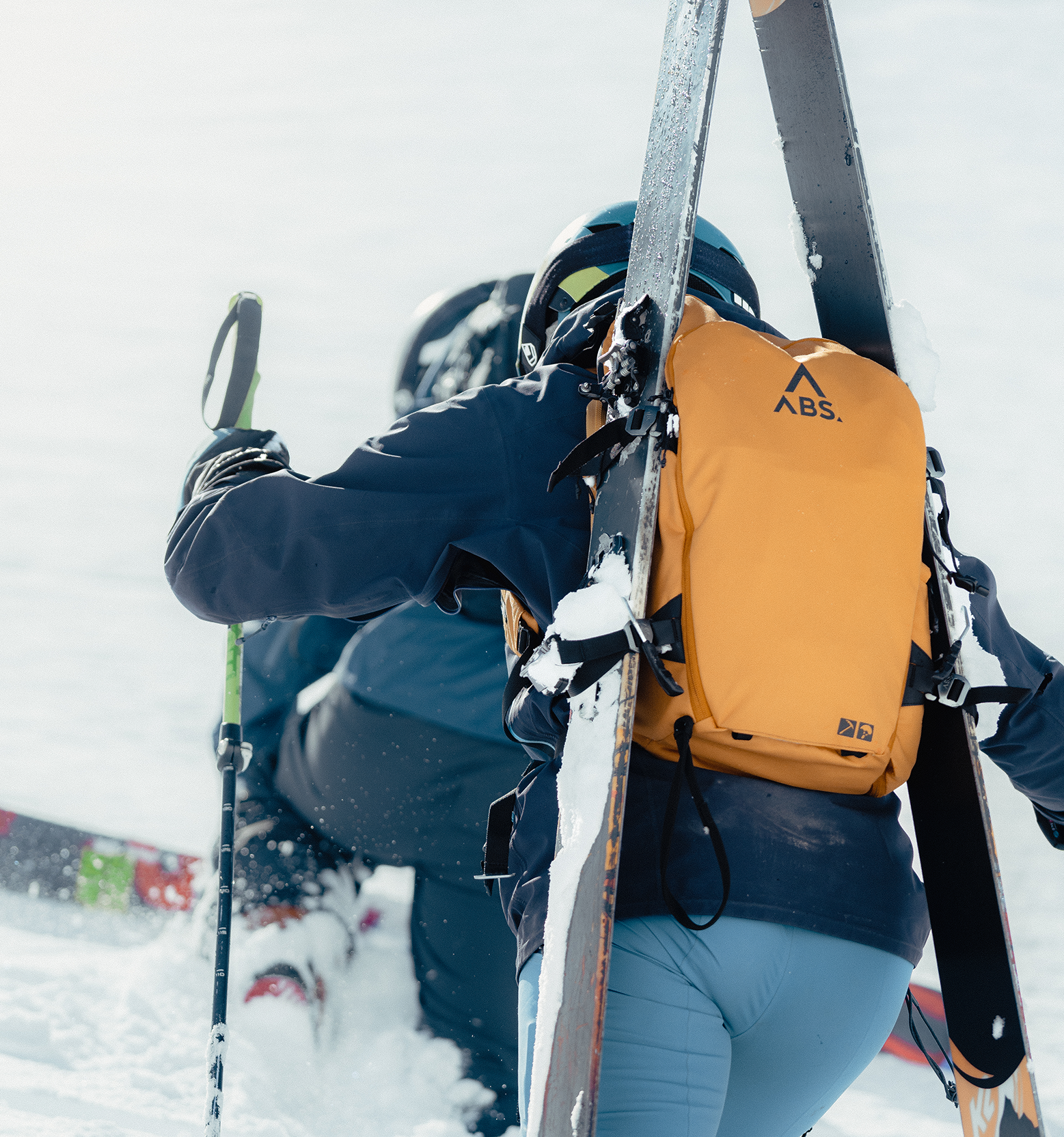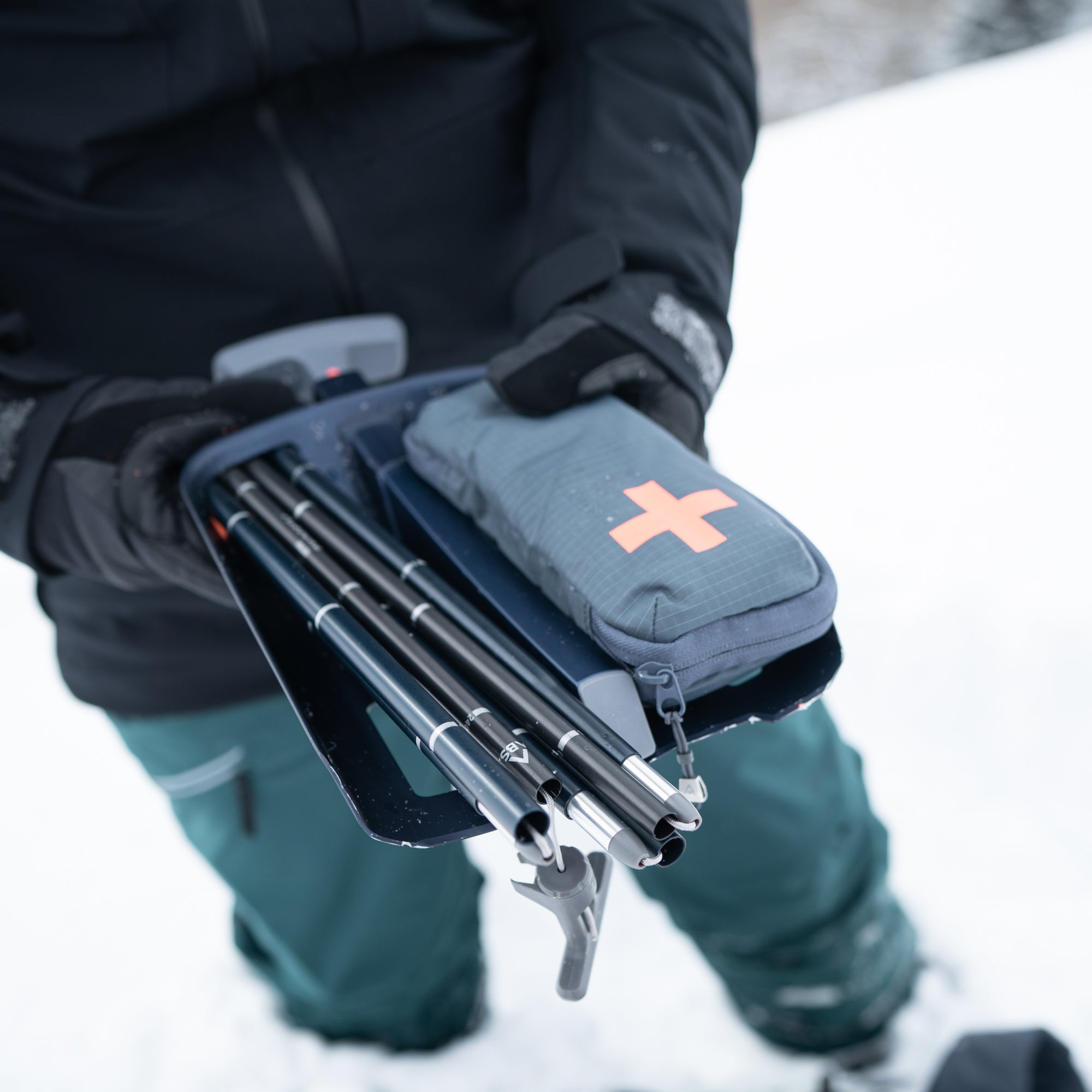Wet snow problem
Increasing weakening of the snow cover due to water entry, either through melt or rain.
If solar radiation is the main cause of the problem, the spread depends primarily on altitude and exposure.
If rain is the cause, all exposures are affected.
- Wet slab avalanches
- Wet loose snow avalanches
- Mostly spontaneous releases
Hours to days. Rapid loss of stability possible.
The first penetration of water deeper into the snowpack is critical as soon as the snowpack is 0°C isothermal.
Spontaneous avalanches are more likely in the afternoon than in the morning (unless rain is the primary cause of the problem).
Weakening and rupture of former weak layers in the snowpack or sliding of layers onto water horizons.
Rain also places an additional load on the snow cover. Loss of bonds between the snow crystals.
- Somewhere in the snow cover
Mostly easy to recognize.
The beginning of rain, the formation of snowballs or snow rolls, small wet slabs or loose snow avalanches often herald wet avalanche activity.
Deep sinking into the snow cover is also a sign of increasing moisture/wetting.
- After a cold, clear night, morning conditions are usually favorable.
- After warm, overcast nights, the problem often occurs in the morning.
- When it rains on a dry blanket of snow, the problem usually occurs immediately.
Good timing and good route planning are crucial. Pay attention to avalanche run-off areas.






